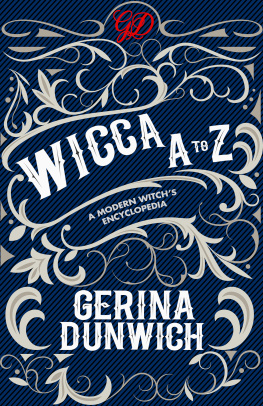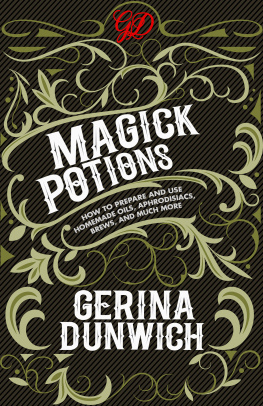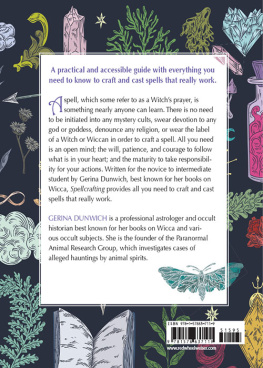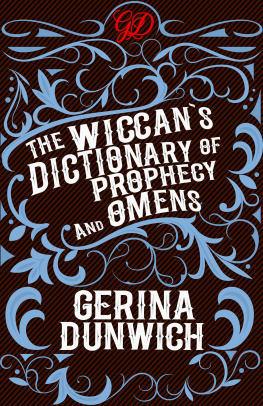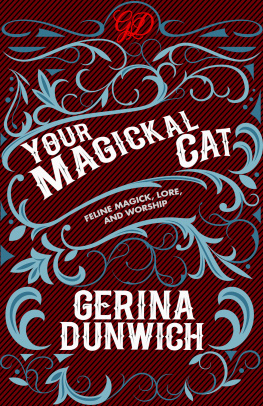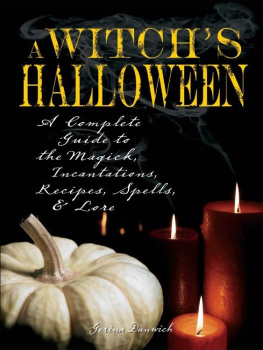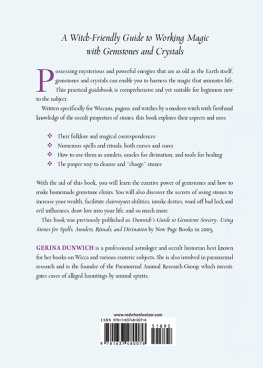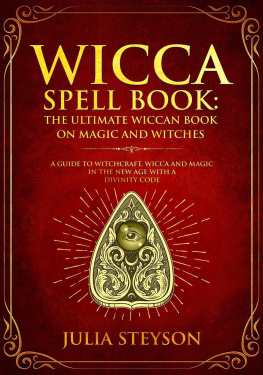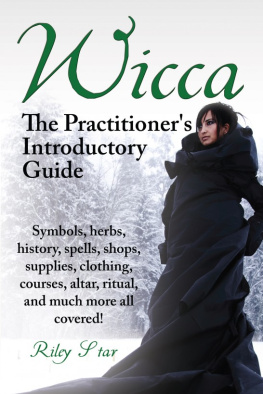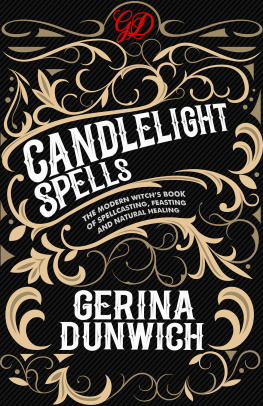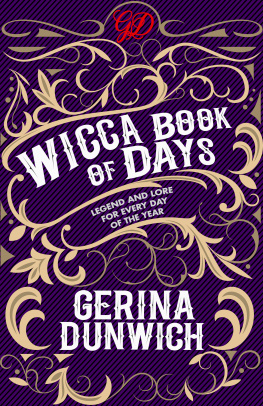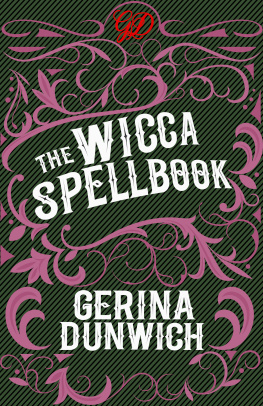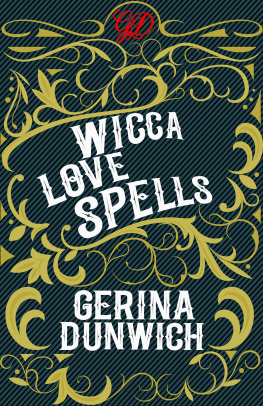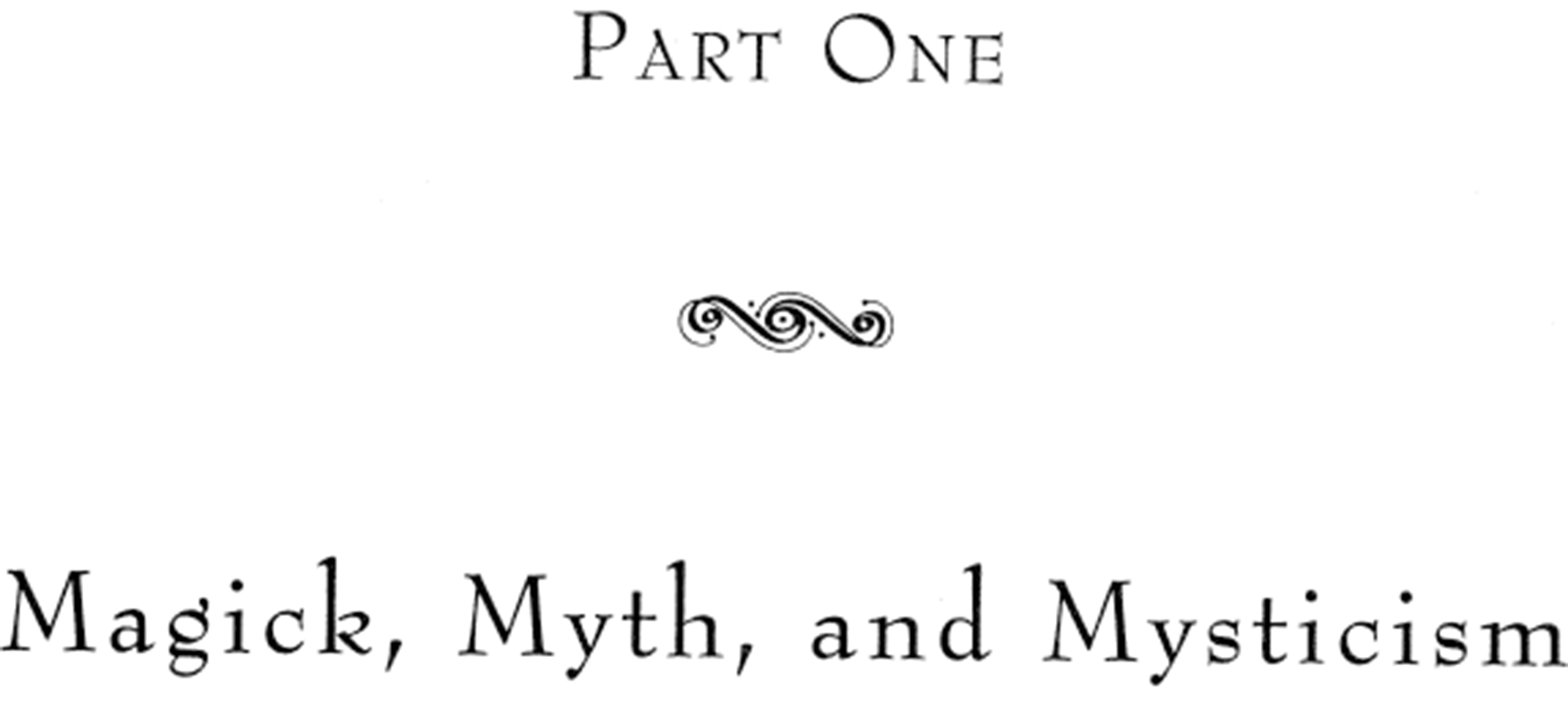Wicca A to Z is a unique encyclopedia for the modern Witch, as well as for anyone who is interested in the Earths oldest religion.
Arranged alphabetically, this book is divided into two sections: Magick, Myth, and Mysticism and Goddesses From Around the World . The first focuses on every imaginable aspect of Wicca and the magickal arts. The different traditions, Sabbats and rituals of the Wiccan spiritual path, as well as Wiccan jargon, enchanting folklore, amulets and talismans, and the numerous herbs associated with Witchcraft are but a small sampling of the wealth of material covered within the pages of this extensively researched book.
As Wicca is essentially a Goddess-oriented religion and craft, the second section of this encyclopedia is devoted entirely to the many Pagan goddesses from around the world who collectively represent the power, the beauty, and the magick of the Divine Feminine. Arranged alphabetically by name, the Goddess entries detail each unique deity and often reveal how each one relates to, or has influenced, contemporary Paganism and the Wiccan Craft.

ABLANATHANALBA A Gnostic charm triangle, similar to the ABRACADABRA triangle and used by magicians in ancient times for protection against evil forces. It was traditionally written on parchment, using a special ink obtained from the acorn of a valonia oak tree. It was written out as follows:
A B L A N A T H A N A L B A
B L A N A T H A N A L B
L A N A T H A N A L
A N A T H A N A
N A T H A N
A T H A
T H
ABRACADABRA A cabalistic word derived from the name Abraxas, a mighty Gnostic deity whose name means hurt me not. The word Abracadabra, when chanted or when its letters are arranged in an inverted pyramid (a holy figure and symbol of trinity) and worn around the neck as a talisman for nine days, is said to possess the magickal power to ward off illness and to cure fever. At the end of that time, it is taken off and tossed over the shoulder into a stream flowing east. It is believed that the cool, rushing waters draw the heat of the fever away from the sick person and back to the rising sun, the source of all warmth.
A B R A C A D A B R A
A B R A C A D A B R
A B R A C A D A B
A B R A C A D A
A B R A C A D
A B R A C A
A B R A C
A B R A
A B R
A B
A
The ancient charm triangle known as the Abracadabra. It is reputed to posses great healing powers, especially in reducing fevers.
ABRAMELIN MAGICK A medieval practice of both white and black Ceremonial Magick involving spirit communication, word magick, and palindromic magickal squares. Abramelin is a system based mainly on Hellenistic theurgy of the lamblichan type, but with Jewish increments from the Kabbalah. Abramelin Magick sets forth the semi-Gnostic doctrine that the world was created and is maintained by demons (or Powers of Darkness) who work under the command of angelic spirits. With the proper purifications, tools, prayers, and formulas, an Abramelin magician, with the help of angels, can control the demons of darkness and command them to do his or her will.
ABSENT HEALING A form of faith healing that involves the projection of positive healing energy to an ill person (or animal) by a healer who is not present at the time of the healing.
The most renowned of twentieth century absent healers was the American psychic Edgar Cayce (1877 1945) who used his remarkable powers to diagnose illnesses and prescribe treatment. Throughout the course of his life, he gave readings for approximately 30,000 men, women, and children from all over the world. It is said that the rate of his accuracy was over 90 percent. Edgar Cayce also possessed another giftthe ability to experience visions of the future. Because he always practiced his psychic work while under a sleep-like, self-induced hypnotic trance, he came to be known as the Sleeping Prophet.
ADEPT An individual, male or female, who has gained profound magickal powers and insights, usually through initiation; a word used to describe an initiate or occult master.
AFTERWORLD The world of the dead; the place where human souls go to after death: a concept shared by all human mythologies and religions. The afterworld is usually perceived as a dark and gloomy underground region or as a bright and happy world in the sky.
Summerland is the Wiccan name of the paradiselike afterworld where the soul or spirit is believed to go after physical death and remain until it reincarnates.
AIR One of the four ancient and alchemical elements, which corresponds to the East Watchtower of the magick circle. The spirits of Air are known as Sylphs. See also ELEMENTALS .
ALCHEMY The ancient occult science of transmutation of base metals into gold or silver by both chemical and spiritual processes. The other major aims of alchemy were to find an elixir that could make humans immortal, and to acquire various methods of creating life artificially. One who practices alchemy is called an alchemist.
Legend holds that alchemy was founded by the god Hermes Trismegistus; however, it is known that the basic fundamentals of alchemy were actually developed by the Egyptians, who combined metallurgy with Hermetic philosophy hundreds of years before the birth of Christ. In ancient China, where the Eastern alchemical arts were highly developed, the first alchemical text was written by Ko Hung and published around the year 320 A.D . In the 12th century A.D . alchemy was brought to Spain by the Muslims, and from there its practice spread throughout much of Europe, where it was regarded as a highly respected, although mysterious, science.
Those who practiced alchemy often used dream-revelations and visions to base their studies upon, and their works were written and drawn in obscure symbols instead of in words. They also believed that everything on Earth possessed a hermaphroditic composition of sulfur (the male principle and the soul) and mercury (the female principle and the spirit), as well as salt (representative of the physical body.) Working in harmony with astrological influences, the alchemists were confident that these three essentials (sulfur, mercury, salt) could be separated and then put back together in a different form.
The height of alchemys extensive popularity occured from the latter part of the Middle Ages through the Renaissance. But when the non-metallic element of oxygen and the composition of water were discovered in the early nineteenth century, the alchemical sciences were discredited and replaced by physics. Although the alchemists of old never did succeed in making true gold or discovering the elusive philosophers stone which they believed held the secret power to life immortal, their other contributions helped to pave the way for modern chemistry and medicine.

